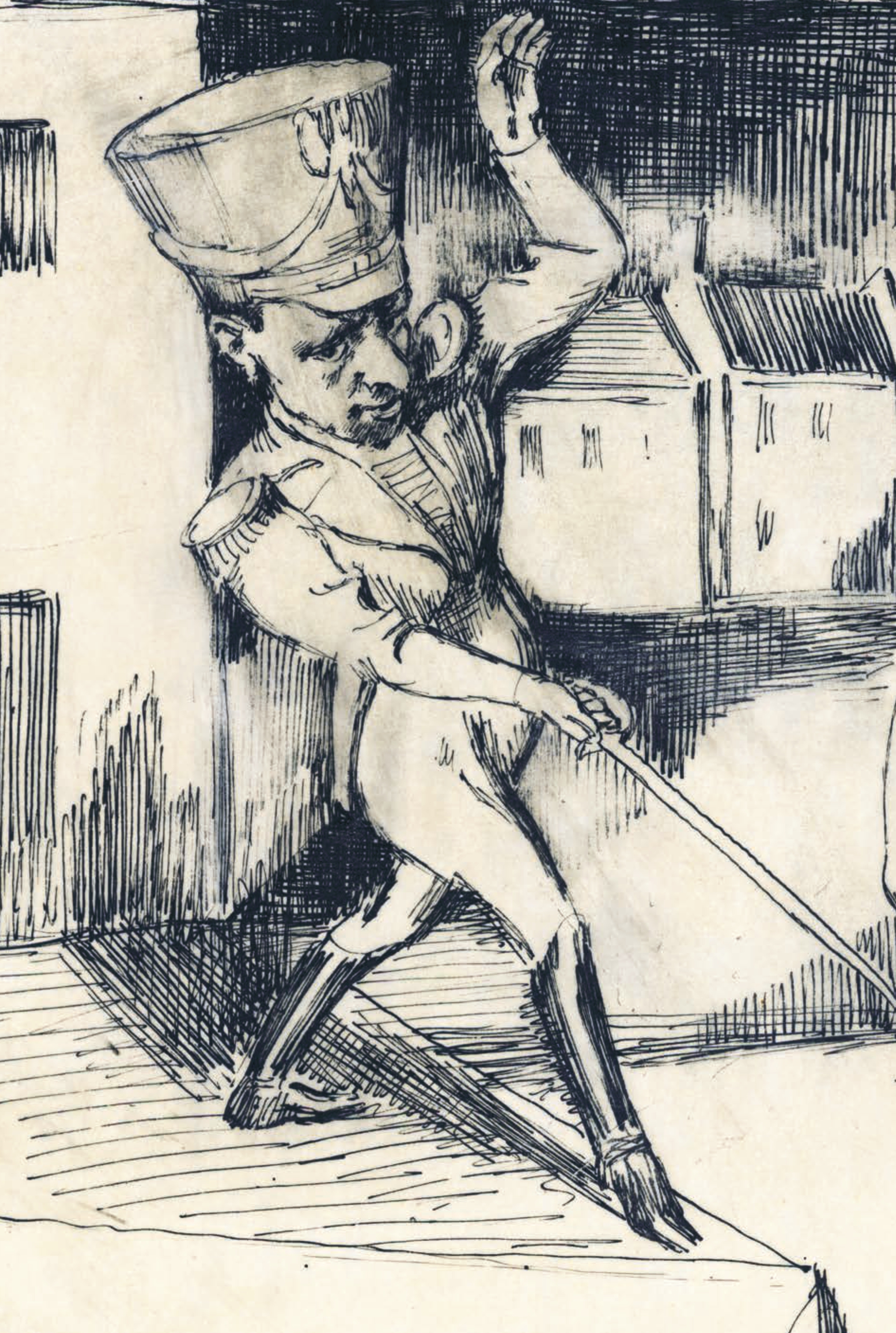Mitologizacja dzieciństwa – "Wysoki Zamek" i "Sklepy cynamonowe"
DOI:
https://doi.org/10.26881/sf.2022.19-20.07Abstrakt
At the core of Bruno Schulz’s and Stanisław Lem’s imaginary are the same images of magical phenomena and rituals formed in their childhood. These prospections of two children, these two overpast worlds, almost thirty years apart, separated by groundbreaking political events, are surprisingly close to each other. Schulz devoted his writing to a constant interpretation of these primal ideas and “pre-set verses”. Lem deposited this potential in one book, Highcastle: A Remembrance. Lem’s autobiography is connected with Cinnamon Shops not only by the same repertoire of motifs and memories, but also by a characteristic style and metaphorization of language. The Highcastle turns out to be a record of the Lem’s mythology of his Lviv childhood – just like the Cinnamon Shops, the book that mythologizes Schulz’s childhood in Drogobych. The paper is an attempt to analyze these two mythologies, and indicate points of contact as well as references and polemics in Lem’s text.

 Uniwersyteckie Czasopisma Naukowe
Uniwersyteckie Czasopisma Naukowe





